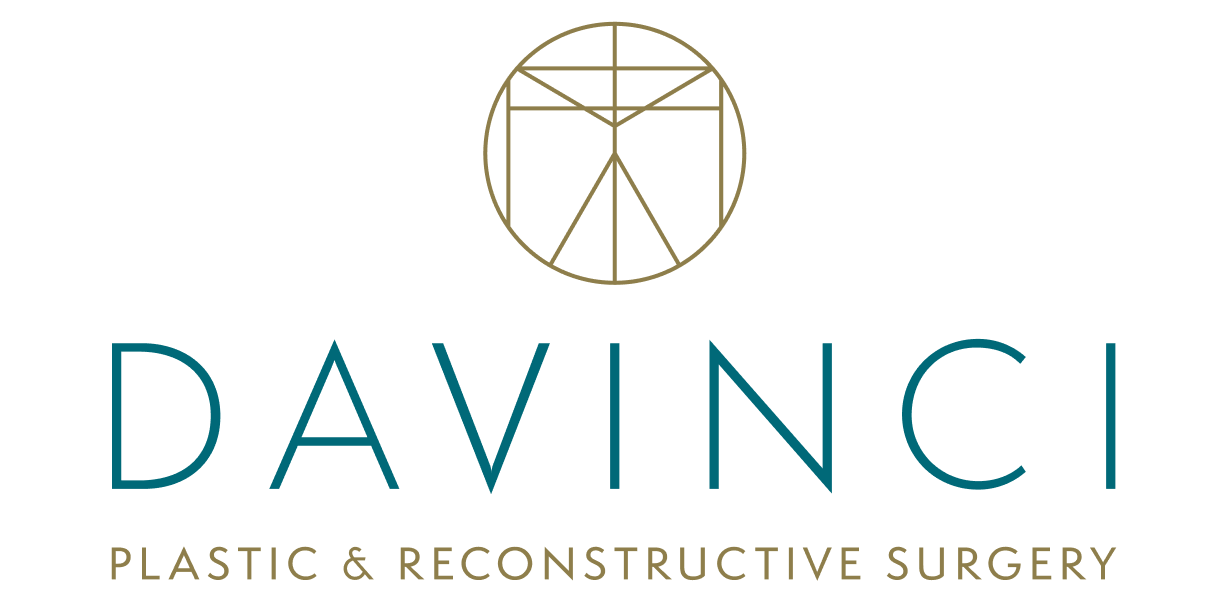Posted July 22, 2018 in BOTOX® Cosmetic, Injectables
4 minute read
Most people have a general knowledge about injectables through friends, social media and celebrities. They can be a great complement to plastic surgery or even help you restore some youthful features without any recovery or downtime. Injectables can address skin smoothness, feature definition and even correct a wide range of facial imperfections.
You know Botox stops the muscles from moving so that they can’t keep making wrinkles. You know Juvederm fills in the wrinkles so the lines are less prominent. You also know that there are different kinds of injectables, but maybe not what they are and the full range of what they can do. In this blog series I’ll give you a little orientation to expand your knowledge about the injectables that are currently available and those possibilities to come. In this blog, we will compare “neuromodulators.” In the next blog, I’ll go into depth about the uses for Botox (some surprising), and later, I’ll cover the “fillers.”
NEUROMODULATORS
This is the official name for the kind of injectable that is Botox and its main competitor Dysport. This kind of injectable uses botulinum toxin A to block the nerve signal to the muscle, which prevents movement. In tiny amounts and with impeccable accuracy in the hands of my highly trained, certified expert injector, this toxin is used to relax the muscle. This results in a less prominently visible wrinkle because of minimal localized muscle movement.
The most well known neuromodulator is Botox because it has been available in the US the longest (about 30 years ago) and has many clinical studies for medical and cosmetic use. However, you may not realize that Dysport has quite a bit of safety and efficacy testing also, and it was available in Europe long before it came to the US. They both use the same kind of molecules, but Dysport’s are slightly smaller. This makes for some differences between the two.
DIFFERENCES BETWEEN BOTOX & DYSPORT
- Dysport’s results are slightly quicker, within 3 days, while Botox’s results show in 5 to 7, so if you’ve got to get ready for a last minute event and don’t have a week to wait, Dysport might be better.
- Dysport distributes botulinum toxin A via a smaller molecules so there isn’t “unit to unit” match up, and no universal clinically accepted conversion ratio. This often results in Dysport’s cost per unit being less than Botox, but probably more units will be needed.
- This smaller Dysport molecule makes for a thinner solution and so it spreads out, or diffuses, a little more from the injection site. This makes it more or less suitable for different parts of the face. For example, it could be good for a larger treatment area such as the forehead, requiring less injections. However, Botox is necessary for a small area requiring exact precision, especially around the eyes and lips, as you don’t want any diffusion resulting in sagging or drooping.
- Both will require another treatment in 3 to 6 months, but its still up for debate whether Dysport doesn’t last quite as long as the thicker, more concentrated Botox.
There are benefits to both kinds of neuromodulators, making it impossible to say definitively one is better than the other. It allows us a greater diversity of applications to benefit our patients. Also it takes an expert injector to be versatile in using both effectively. You can trust us with the skill and knowledge to recommend and inject both correctly for beautiful results. Schedule your appointment today at www.davinciplastic.com.
Steven Davison M.D.
Board Certified Plastic Surgeon







